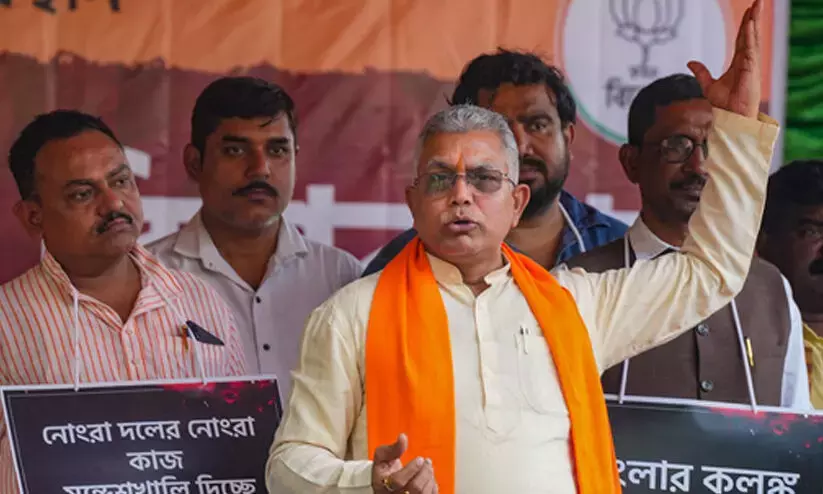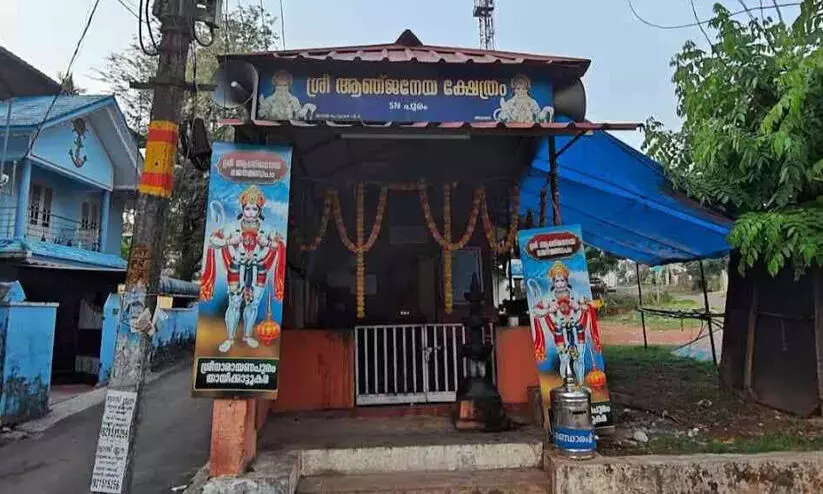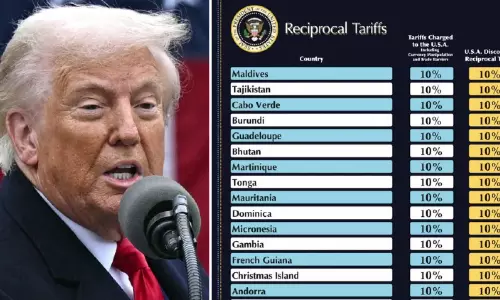
Banks may lower interest rates following RBI's policy cut: SBI report
text_fieldsInterest rates on loans are likely to come down in the near future, following the Reserve Bank of India's recent repo rate cuts, according to a new report by the State Bank of India (SBI).
The central bank has reduced the repo rate by a cumulative 50 basis points since February, which is expected to lead to a gradual pass-through of lower rates by banks in the coming quarters.
The report highlights that after the RBI’s 25 basis point rate cut in February, public sector banks trimmed their deposit rates by around 6 basis points, while foreign banks reduced them by 15 basis points. Private sector banks marginally increased their deposit rates by 2 basis points during the same period.
An analysis of the Weighted Average Lending Rate (WALR) on fresh loans indicates that lending rates, especially from public sector and scheduled commercial banks (SCBs), have shown a strong alignment with the RBI's policy rate, suggesting a robust and timely transmission mechanism.
On the regulatory side, the RBI has announced several significant steps aimed at addressing stressed assets. One such measure includes a proposal for a market-driven framework for securitising stressed assets, in addition to the existing Asset Reconstruction Company (ARC) route under the SARFAESI Act. This is expected to offer greater flexibility in managing non-performing assets (NPAs).
In another key move, the RBI is looking into expanding co-lending arrangements beyond just banks and NBFCs offering priority sector loans. While co-lending has been beneficial, the current framework is limited. Broadening this arrangement to include all regulated entities could enhance credit flow, though details are still awaited.
The SBI report also draws attention to the rapid growth in the gold loan segment amid rising gold prices and market volatility. Different types of lenders currently follow varied loan-to-value (LTV) norms, interest rates, and distribution methods. The RBI is now expected to issue a consolidated set of prudential and conduct-related guidelines for gold loans, aimed at ensuring uniformity and reducing risks.
Another notable development includes a proposed overhaul of the regulations governing non-fund-based facilities such as Partial Credit Enhancement (PCE). Current norms require full capital backing for bonds even when only partial credit is provided. The RBI is expected to revisit these rules to ease capital requirements and raise exposure limits, potentially deepening the bond market and supporting infrastructure financing.
Additionally, the RBI has approved an increase in transaction limits for person-to-merchant (P2M) payments on UPI, allowing for higher-value payments in areas such as tax remittances. However, the cap for person-to-person (P2P) UPI payments remains unchanged at ₹1 lakh.























